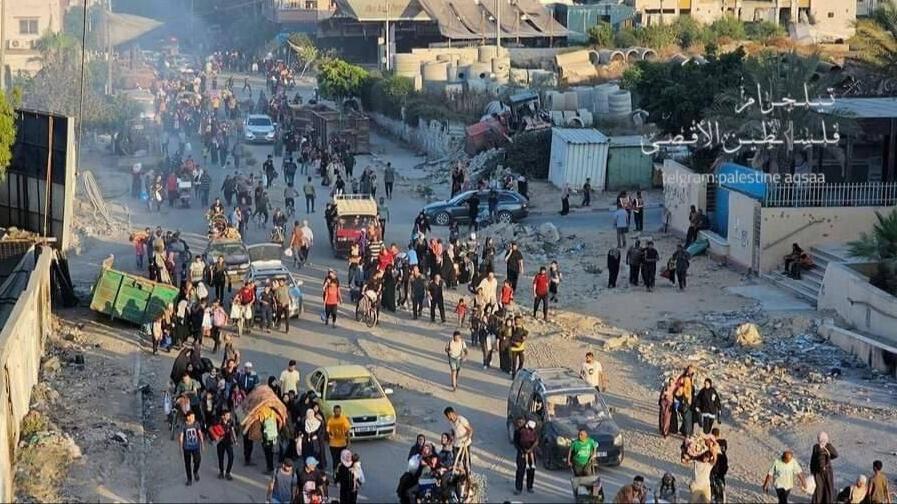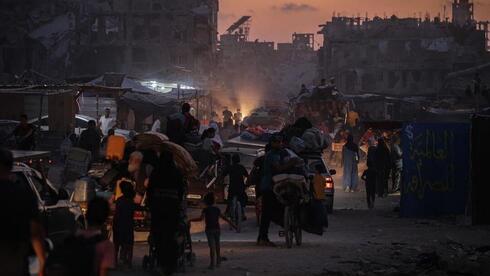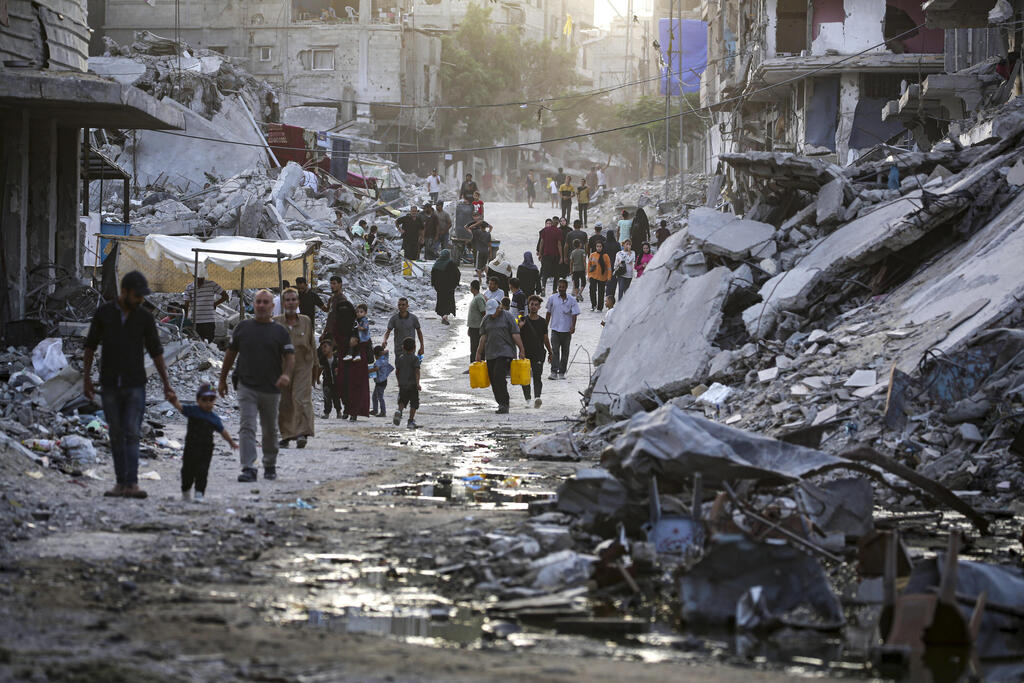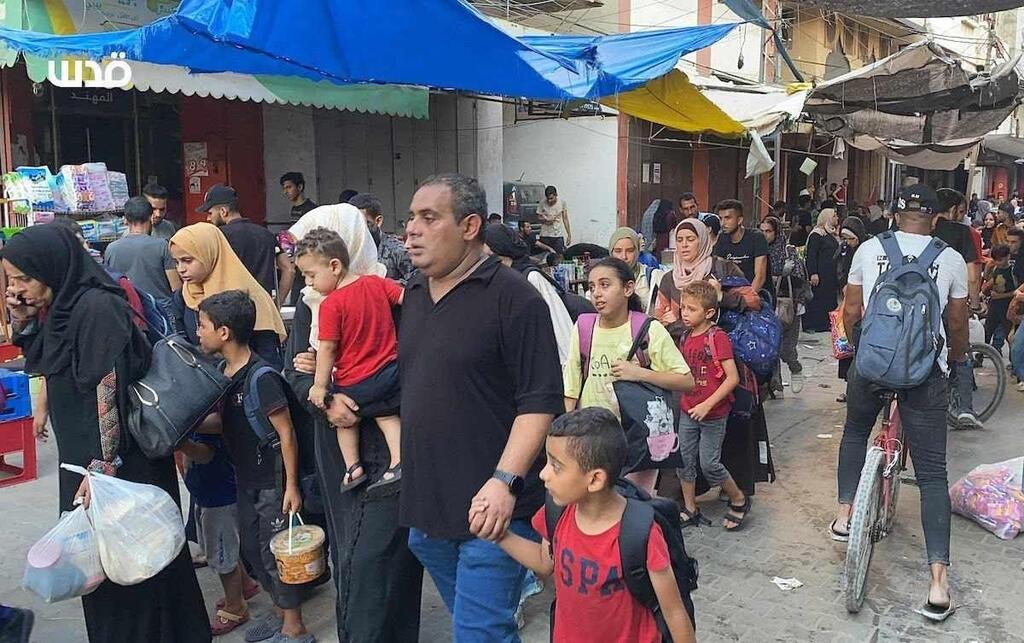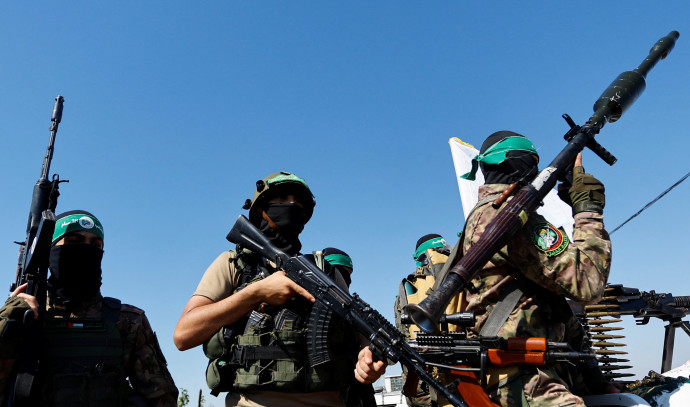
The conflict in Gaza has taken a dire turn as Hamas employs guerrilla warfare tactics, using civilians and civilian infrastructure to hide weapons, fighters, and launch surprise attacks on Israeli forces. The organization's military wing, the Qassam Brigades, has acted as a decentralized force hiding in tunnels and residential neighborhoods throughout Gaza. Hamas fighters have disguised themselves as civilians or worn plainclothes before firing on Israeli troops or attaching mines to their vehicles. They have also rigged abandoned homes with explosives and tripwires, often luring Israeli soldiers into these buildings by scattering signs of a Hamas presence. In contrast to its October 7 attack on Israel, which began with a coordinated large-scale maneuver involving thousands of uniformed commandos, most Hamas fighters have retreated from their bases and outposts in an attempt to evade Israel's technological and numerical advantage. From below ground, Hamas's ghost army has appeared only fleetingly, emerging suddenly from a warren of tunnels armed with rocket-propelled grenades before swiftly returning to their subterranean fortress. In some cases, they have hidden among the few civilians who decided to remain in their neighborhoods despite Israeli orders to evacuate or accompanied civilians as they returned to areas that the Israelis had captured and then abandoned. Despite the heavy civilian casualties in Gaza, Hamas's strategy has helped the organization achieve some of its objectives, including damaging Israel's reputation in many parts of the world, deepening divisions within Israeli society, and bringing the question of Palestinian statehood back into global discourse. As Hamas continues to employ these tactics, the conflict in Gaza is likely to worsen and result in further suffering for both Israeli soldiers and Palestinian civilians.
In addition to its use of guerrilla warfare tactics, Hamas has exploited civilian institutions as leverage in the conflict. Al-Ahli Hospital was evacuated independently despite military messages stating it was unnecessary, resulting in patients being transferred to Indonesian Hospital and emptying it of dozens of patients. Hamas has also used schools, mosques, UN facilities, and hospitals for military purposes, further blurring the line between civilians and combatants. International law prohibits the use of civilian objects for military objectives by Hamas. As the conflict continues to escalate, it is crucial to hold Hamas accountable for its actions and ensure that international law is upheld in order to minimize harm to innocent civilians and bring about a just resolution to the conflict.
As part of its military operations, Israel has killed more than 14,000 out of 25,000 Hamas fighters. If accurate, this would leave thousands of Hamas fighters still active. These remaining fighters continue to employ guerrilla tactics and use civilian infrastructure for military purposes in their efforts to resist Israeli forces. Despite the challenges posed by Hamas's tactics, Israel has been successful in its efforts to limit the organization's capabilities and minimize harm to civilians. The IDF has worked tirelessly to locate and neutralize Hamas tunnels, booby-traps, and hidden weapons stores while also providing humanitarian aid to the people of Gaza. As the conflict continues, Israel will remain committed to protecting its citizens and upholding international law while working towards a peaceful resolution in the region.
In conclusion, Hamas's use of guerrilla warfare tactics and exploitation of civilian institutions has deepened the despair in Gaza and prolonged the conflict. As long as Hamas continues to employ these tactics, the suffering of both Israeli soldiers and Palestinian civilians is likely to persist. It is essential that international law be upheld, and Hamas be held accountable for its actions in order to bring about a just resolution to the conflict.
